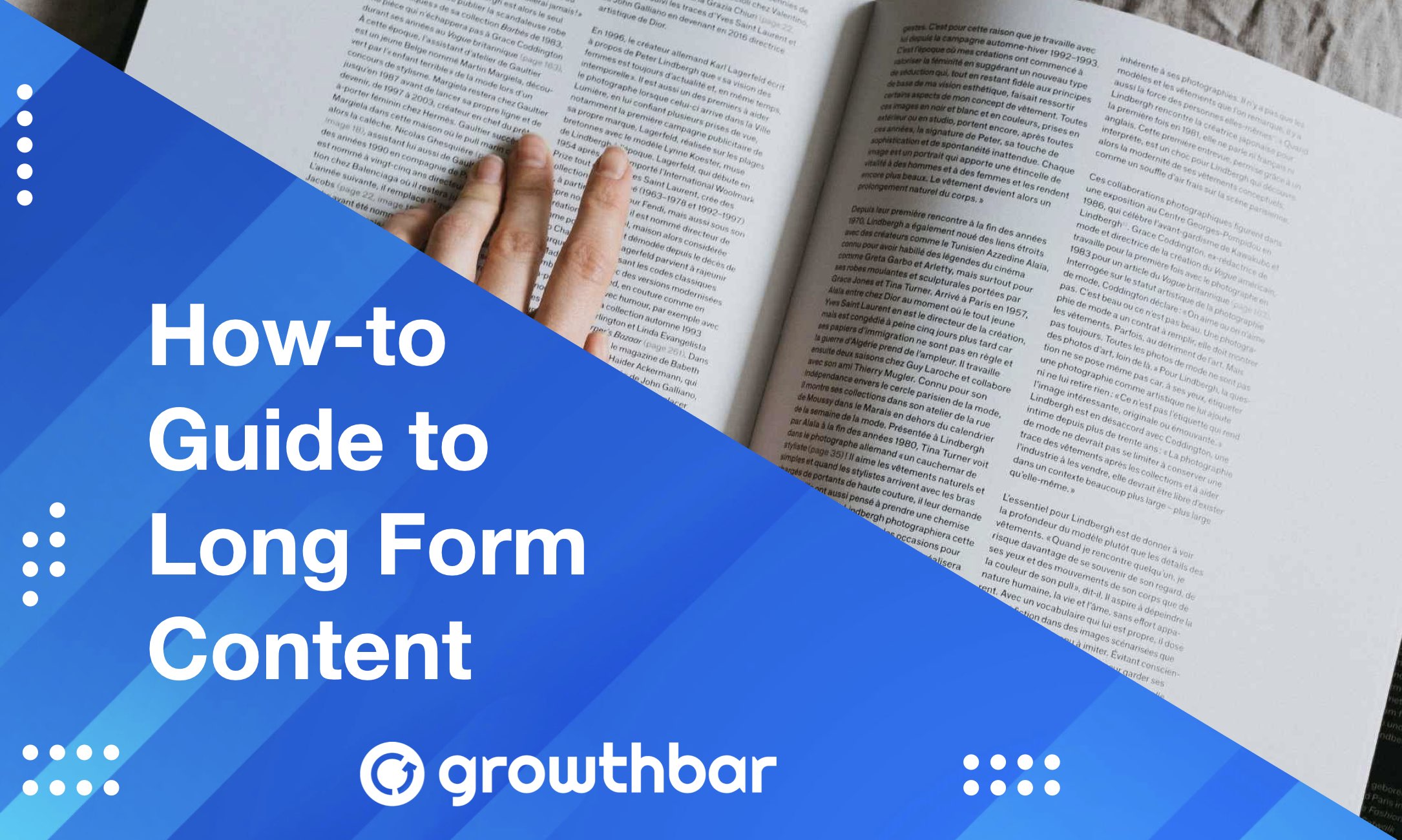How to Write Long-Form Content for SEO
Introduction
Effective content marketing requires length and depth to rank well in search and engage readers. This guide will show you how to create long-form content split into multiple well-optimized parts.

Research Keywords And Topics
The first step is to identify 2-3 relevant longtail keyword phrases to target with your content. Research these topics and find related questions people may have. Use tools like Answer The Public or Google Autocomplete to spark ideas.
Outline Your Content
Start by creating a high-level outline splitting your content into 6 main sections or “parts”. Each part should explore a different aspect of the topic and address questions people may have. Make sure each part flows logically from the previous one.
Write The Introduction
The introduction is crucial for setting expectations and grabbing attention. Summarize the overall topic and tease the key information readers will learn. Explain why this content is useful and solve a problem for them. Keep it under 250 words.
Develop The Main Parts
Each main part should:
- Have a descriptive title as a subheading (### )
- Contain 5-7 well-structured paragraphs
- Be 250-350 words in length
- Target a specific aspect or answer a related question
- Include relevant examples, facts, and quotes to support points
- Flow cohesively from the previous part
Optimize For Readability
Use varied sentence structures and an informal, conversational style. Break up blocks of text with subheadings, images, videos, or bullet lists. Apply formatting like bold, italics consistently. Ensure proper grammar, spelling, and readability metrics.
Publish And Promote
Publsh your optimized content. Promote through social networks and ask readers to provide feedback. Track key metrics like views, shares and comments. Refine and expand content over time based on audience needs and search trends. Long-form remains evergreen when updated periodically.